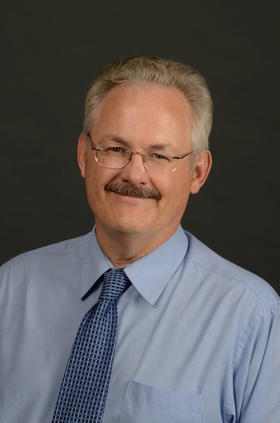for WMUK 102.1 FM
Southwest Michigan's NPR affiliate
W.K. Kellogg is best known for his breakfast cereals, but his brother, Dr. John Harvey Kellogg, is better known for running the Battle Creek Sanitarium and his seemingly radical religious beliefs.
Kellogg was a Seventh-Day Adventist—a protestant denomination that focuses on the second coming of Jesus Christ as well as the idea of "biologic living."
Brian C. Wilson is the author of Dr. John Harvey Kellogg and the Religion of Biologic Living. Wilson is doing several readings in the Southwest Michigan area.
The first is Tuesday night at Schuler Books in Grand Rapids at 6:30 p.m. Wilson will also be at Kazoo Books on Parkview on December 6th and at the Battle Creek Barnes & Noble on December 7th at 1 p.m.
Wilson says "biologic living" has to do with the Adventist belief that aside from the commandments, God also created a series of physical laws that humans were to follow.
Kellogg believed that it was just as important to take care of one's body as it was to nurture the soul.
Adam And Eve Were Vegan
Kellogg's reasons for being a vegan relate to very early Bible texts, says Wilson. This was a very common believe of Adventists in Kellogg's time.
"The argument was that human beings only began to eat flesh after the flood because of the dearth of vegetable foods. Now one of the interesting things is, if you read the Bible you see that the patriarchs of those times had tremendously long life spans - like Methuselah, thousands of years. But after Noah and his kin began eating flesh, you see a degeneration of the human race and so the life spans grow shorter and shorter and shorter."
Life At The Sanitarium
Wilson says the Victorian building housed hundreds of people with different rooms for things like hydropathy, gymnastics, heating and light treatments, tennis courts, sandboxes for kids.
"There was a palm garden in the middle which go and basically...they wouldn't have high tea because there was no tea there, but they would have a tea substitute and essentially listen to a string quartet play for a while," Wilson explains. "There were dances occasionally. It had kind of the atmosphere of a kind of posh European hotel."
Eugenics And The Dark Side Of Dr. Kellogg
Possibly the most awkward part of Wilson's book talks about Kellogg's view toward ...






